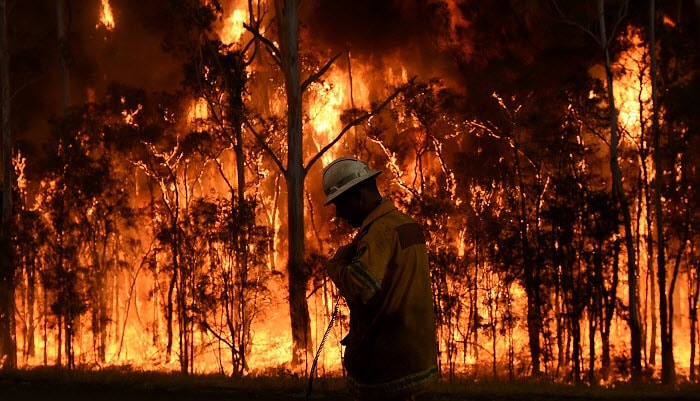How BAL Report Impacts Shrub Fire Defense Actions
In the world of bush fire security, the Building Assault Level (BAL) record stands as a vital tool that substantially affects the safety and strength of residential or commercial properties in fire-prone areas - BAL Report. The influence of a BAL analysis extends far beyond simple documents; it acts as the cornerstone for identifying the suitable building requirements and fire defense measures required to mitigate the threats postured by bushfires. As neighborhoods come to grips with significantly severe fire periods, recognizing just how the BAL record shapes these protective measures ends up being extremely important for home builders, home owners, and policymakers alike
Understanding the Bushfire Attack Level

Value of BAL Record Assessment

Additionally, the BAL report analysis works as a foundational action in following lawful responsibilities and needs associated with bushfire defense. Local councils and authorities typically mandate the submission of a BAL report as component of the preparation and structure approval procedure to ensure that properties are properly safeguarded versus bushfire threats. Falling short to carry out a comprehensive BAL record evaluation can result in poor security actions, leaving properties vulnerable to ruining bushfire incidents.
Construction Specifications Based on BAL
An extensive understanding of the Bushfire Assault Degree (BAL) enables home proprietors to apply construction standards customized to their look at this site certain threat profile. Building and construction requirements based on BAL are essential in alleviating the effect of bushfires on properties. The BAL rating classifies the possible threat a home deals with during a bushfire on a range from BAL-Low to BAL-FZ (Flame Area)
Implementing Fire Defense Procedures
With the structure of building requirements based upon Bushfire Strike Degree (BAL) in area, the emphasis currently moves in the direction of the sensible execution of fire protection actions to strengthen homes versus bushfire threats. Applying fire defense measures entails a combination of passive and active strategies to enhance the resilience of structures in bushfire-prone locations. Passive actions include using fire-resistant structure materials, installing ash guards on vents, sealing gaps in roofs and walls, and preserving a clear room around the residential property devoid of flammable plants. Active steps encompass having firefighting equipment readily offered, such as hoses and water pumps, in addition to developing a defendable space around the residential property by clearing plant life and having a well-maintained garden. Furthermore, establishing an evacuation plan and making sure all homeowners know emergency situation treatments are vital components of reliable fire defense steps. By integrating both passive and energetic strategies, homes can significantly lower their susceptability to bushfire events and increase the safety of residents.
Shielding Homes Against Bushfires
Efficiently safeguarding homes versus the devastating impacts of bushfires requires a detailed and aggressive method to fire protection actions. In addition, sealing gaps and vents to protect against ash invasion, as well as incorporating fire-resistant Get More Info doors and windows, can aid strengthen the home's protection versus bushfires. Learn More By welcoming a positive position and incorporating these safety measures, property owners can dramatically raise their opportunities of safeguarding their homes against bushfires.
Final Thought
In conclusion, the Bushfire Attack Level (BAL) record plays a critical role in identifying the needed security measures versus bushfires. Carrying out fire security measures based on the BAL report is essential in safeguarding residential or commercial properties from potential bushfire hazards.
In assessing bushfire risk to residential properties, recognizing the Bushfire Strike Level (BAL) is an essential component for implementing efficient protection procedures. On the whole, a clear understanding of the Bushfire Strike Level is vital for applying sufficient security procedures and alleviating the influence of bushfires on residential properties.
